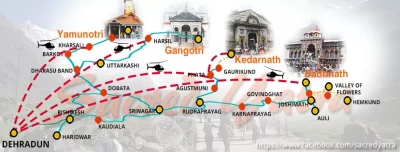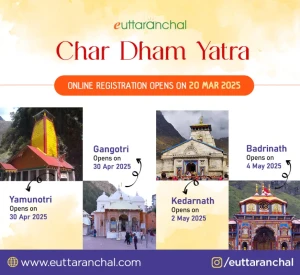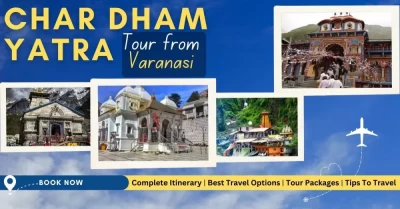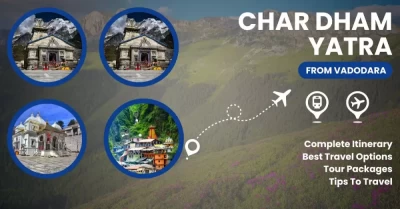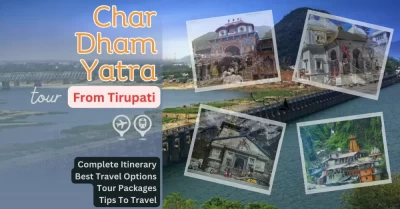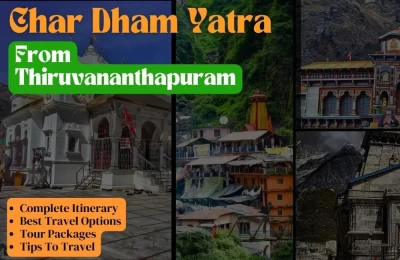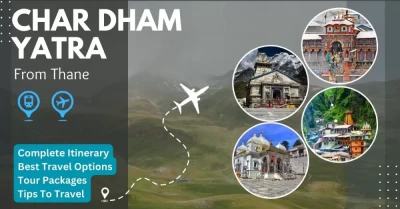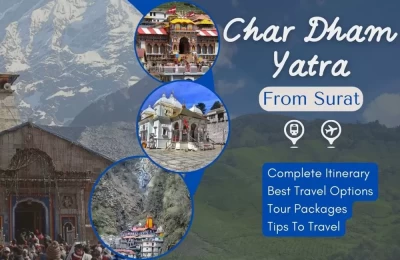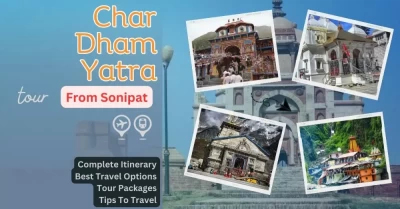Health Advisory for Char Dham Yatra
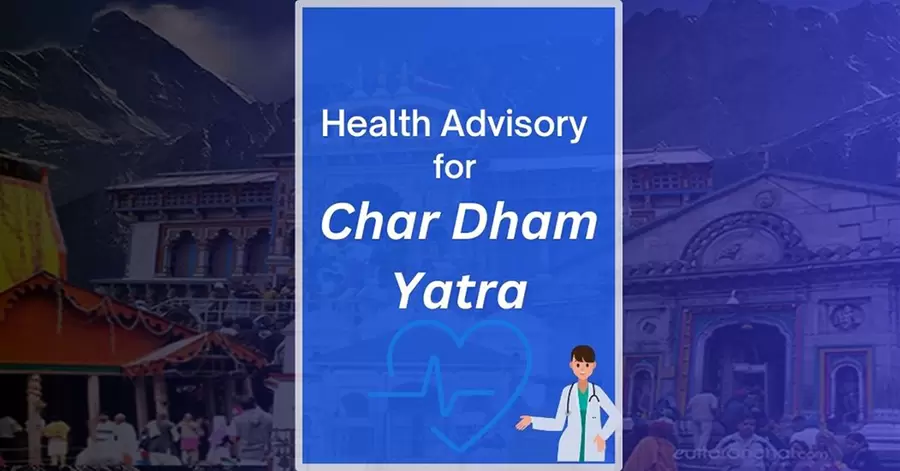
The Char Dham Yatra in Uttarakhand involves a pilgrimage to four sacred sites: Yamunotri, Gangotri, Kedarnath, and Badrinath. The journey often includes challenging terrain and high altitudes. All the pilgrimage sites of the Chardham Yatra are situated in the high Himalayan region, at altitudes exceeding 3000 meters above sea level.
Visitors to these areas may experience challenges such as extreme cold, low humidity, intense ultraviolet radiation, reduced air pressure, and low oxygen levels. To ensure a smooth and safe journey for all pilgrims, the following guidelines are being issued.
Health and Fitness Guide for Safe Char Dham Yatra
Swasth Satark Safal Yatra – Refer to communication placed by health department along the Char Dham Yatra route for your convenience, and carefully follow all guidelines.
- Helpline Number: 104
- Ambulance Number: 108
Safe & Easy Char Dham Yatra! Book Heli Tour for Char Dham Yatra.
Check Char Dham Heli ToursHere's a comprehensive health advisory to ensure a safe and fulfilling experience:
Pre-Yatra Travel Advisory
You must ensure medical and trek preparedness before your travel. High altitude can cause medical issues - it is critical to plan, prepare and pack for the same.
- Plan a trip for at least 7 days for Do Dham and around 10 Days for Char Dham Yatra, allow time to acclimatize
- Practice breathing exercises for 5-10 minutes daily
- Physical Fitness: Prepare your body by engaging in light cardio, yoga, or hiking for at least 4-6 weeks prior to the trip.
- Carry Prescriptions: Keep all necessary medications and prescriptions handy.
- Daily walk for 20-30 minutes
- Medical Check up: If you are above 50 years of age or have history of heart disease, asthma, hypertension, or diabetes, get a health check-up done to ensure fitness for the trip
- Do not undertake the Yatra if your doctor advises against the same During Yatra
Packing for Char Dham Yatra
- Warm clothes – woolen sweaters, thermals, puffer jackets, gloves, socks
- Rain gear - raincoats, umbrellas
- Sun Protection: Use sunscreen, sunglasses, and hats to prevent sunburn at higher altitudes.
- Footwear: Invest in sturdy, comfortable trekking shoes or sports shoes with good grip.
- Energy Boosters: Carry dry fruits, energy bars, and glucose sachets.
- Basic health check equipment - Pulse Oximeter, Thermometer
- For pilgrims with pre-existing conditions (heart disease, asthma, hypertension, diabetes) – carry all existing medication & test devices, and contact number of your home physician
- Please carry a glucometer if you are diabetic and a portable sphygmomanometer if hypertensive to monitor your chronic condition.
- Please check the weather report before your travel, and ensure you have sufficient warm clothes to manage in extreme cold temperatures
- Essential Medicines to carry along
- Pain relievers (e.g., paracetamol or ibuprofen)
- Altitude sickness medication (e.g., acetazolamide)
- Anti-diarrheal medication
- Antacids
- Band-aids and antiseptic cream
- ORS (Oral Rehydration Salts) for dehydration
- First Aid Kit: Always carry a comprehensive first aid kit.
Advisory During Yatra
- Acclimatization: Allow your body time to adjust to the altitude. Avoid rushing the itinerary.
- Hydration: Drink at least 2 litres of fluid and take plenty of nutritious diet throughout the Yatra
- Avoid Alcohol: Don’t consume alcohol, caffeinated drinks, sleeping pills, and strong painkillers during the Yatra, also refrain from smoking.
- Monitor Symptoms: Look out for signs of altitude sickness, such as headache, nausea, dizziness, and breathlessness. Seek medical help immediately if severe.
- If you or any of your family members are feeling any of the below symptoms, please reach out to the nearest health service touchpoint immediately – quick action can save your life:
- Chest Pain
- Shortness of breath (difficulty talking)
- Persistent coughing
- Dizziness/disorientation (difficulty walking)
- Vomiting
- Icy/Cold skin
- Weakness / numbness in one side of the body
During Treks
- Plan for frequent breaks – take 5-10 min breaks every 1 hour of trek
- Avoid overexertion by pacing yourself and resting when needed.
- Medical Emergency Planning
- Medical Facilities: Know the nearest medical centers along the route.
- Local Contacts: Keep emergency helpline numbers for Uttarakhand Tourism and local authorities.
By following these guidelines, you can ensure a safer and healthier Char Dham Yatra.
Uttarakhand Gears Up for Health Emergencies Ahead of Char Dham Yatra 2025
The Uttarakhand government is taking extensive measures to ensure a seamless and safe Char Dham Yatra in 2025, with a strong focus on healthcare preparedness.
All permanent and temporary medical units along the route are being fully equipped with essential medicines, medical equipment, and trained personnel. A detailed health advisory will also be available in 13 languages, easily accessible via QR codes placed at hotels, restaurants, and parking areas. Additionally, health awareness campaigns will be promoted through hoardings at major stops and areas prone to congestion.
Key developments include:
Kedarnath: A new 17-bed medical facility with two operational floors is nearing completion and will be ready before the Yatra begins.
Phata (near Kedarnath): 12 medical units have been set up along the route to support pilgrims.
Chamoli: 20 medical units will become operational, supported by four major health screening points at Gochhar Barrier, Pandukeshwar Bazaar, Trauma Center Karnaprayag, and Panduwakhal (Gairsain).
In addition, ambulances will be stationed throughout the route to ensure quick response times, and mandatory health check-ups will be required for all pilgrims over the age of 50.
The supporting medical infrastructure includes:
- Doctors and Seniors doctors on rotation
- 121 staff nurses
- 26 pharmacists
- 309 oxygen beds
- 6 ICU beds
- 13 departmental ambulances
- 17 "108" ambulances
- 1 blood bank
- 2 blood storage units
Furthermore, five new Medical Relief Posts (MRPs) are being established at Gochhar, Nangsu, Mandal, Katora, and Hanumanchatti, adding to the existing three MRPs already in place.




